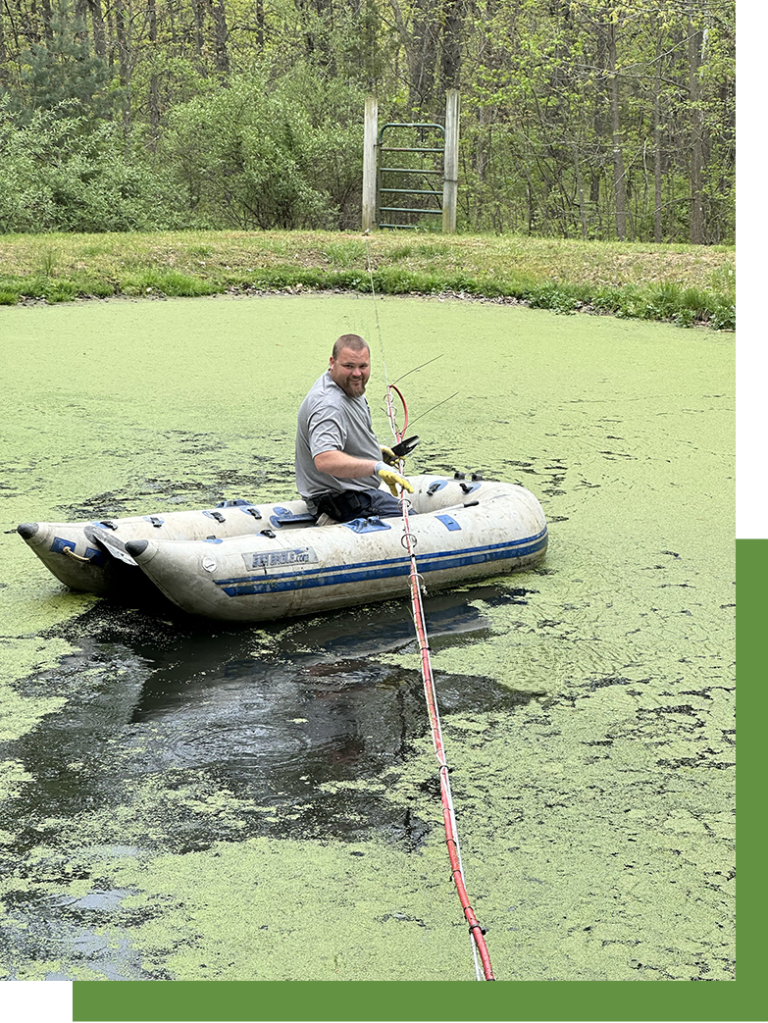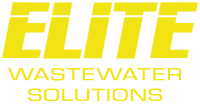OUR MISSION
A SIMPLE GOAL
At Elite Wastewater, our goal is simple: help our clients solve complex wastewater challenges with innovative, cost-effective solutions. We specialize in biological treatments that work with nature—not against it.
OUR APPROACH
A SIMPLE GOAL
We combine modern microbial technology with proven aeration and mixing systems to extend the life of lagoons, reduce operating costs, and improve compliance with environmental regulations. Whether you’re managing a municipal lagoon or an agricultural site, we bring practical experience and expert insight to every project.

WHO WE SERVE
- Residential Wastewater Systems
- Municipal wastewater systems
- Agricultural lagoons
- Industrial treatment sites
- Food processing and high-FOG operations
CALL US NOW!
573-881-1370
Why It Matters
Mechanical dredging is messy, invasive, and expensive. We offer a better path forward—one that’s better for your budget, your system, and the environment.
45
LAGOONS
TREATED
48
HOURS
RESPONSE TIME
2025
FOUNDED
IT STARTED HERE
0
CHEMICALS
NON-INVASIVE
WHY CHOOSE ELITE WASTEWATER SOLUTIONS
Elite Wastewater Solutions offers a cost-effective alternative to traditional methods. Our eco-friendly treatments enhance system longevity while minimizing environmental impact.

Cost-Effective Wastewater Management Solutions
Fraction of the cost of mechanical dredging.
Sustainable and Eco-Friendly Treatment Options
We utilize eco-friendly microbial treatments for effective results..
Long-Term Performance and Reliability
Our methods ensure long-term performance improvements for your systems.

CALL US NOW!
573-881-1370
FAQ
Elite Wastewater Solutions offers a cost-effective alternative to traditional methods. Our eco-friendly treatments enhance system longevity while minimizing environmental impact.
What Is Sludge?
Sludge is the thick layer of biosolids that builds up at the bottom of a wastewater lagoon over time. It’s made up of dead bacteria, algae, plant material, sand, silt, gravel, and insoluble metals. While lagoons are designed to store sludge for years—even decades—excessive buildup can interfere with treatment processes and cause major issues down the line.
What Is the Role of Microbes in Wastewater Treatment?
Microbes are tiny, essential organisms that break down organic materials in lagoons, septic tanks, lift stations, grease traps, and more. While invisible to the naked eye, they play a huge role in environmental health and wastewater treatment. Without microbes, sludge simply wouldn’t break down.
What Problems Can Excess Sludge Cause?
Unchecked sludge buildup can:
- Reduce lagoon water-holding capacity
- Shorten retention time, which reduces treatment efficiency
- Increase BOD, TSS, and Ammonia in effluent
- Cause benthal feedback, where ammonia is released back into the water from sludge, increasing effluent concentrations
How Is Sludge Traditionally Removed?
The most common method is mechanical lagoon dredging, which involves physically removing sludge from the bottom. It’s invasive, messy, and costly—averaging $350 per dry ton. Some lagoons can contain up to 5,000 dry tons, making this method extremely expensive and often a last resort.
What Is Biological Sludge Remediation?
Biological remediation uses:
- Aeration to supply oxygen
- Mixing to keep solids suspended
- Bioaugmentation (specialized bacteria) to break down sludge faster
It’s cost-effective, sustainable, and improves long-term lagoon health compared to mechanical methods.
Why Are Aeration and Mixing Important?
To break down sludge effectively:
- Oxygen must be evenly distributed throughout the water column
- Water must be thoroughly mixed to keep sludge in contact with bacteria
Without proper aeration and mixing, sludge settles and decomposes very slowly.
What Can Harm Beneficial Bacteria?
Microbial health is sensitive. Things that can harm or kill bacteria include:
- Low oxygen levels
- Heavy sludge buildup
- Organic debris like leaves or sticks
- Chemotherapy medications
- Meth lab waste
- Blue-green (cyanobacteria) algae
- Antibacterial soaps and industrial cleaners
- Chemical leachate
How Does Biological Sludge Remediation Compare to Dredging?
Biological treatment is:
- Much less expensive
- Less invasive
- Better for long-term system health
- Easier to maintain through proactive management
Mechanical dredging removes sludge but does not prevent future buildup.
Can You Help With FOG in Lift Stations?
Yes! We treat lift stations with high FOG (Fats, Oils, Grease) content using microbial solutions that digest organic material and reduce hydrogen sulfide (H₂S) odors.
Do you Install and Service Septic Tanks?
Yes!
What Is the First Step to Getting Help?
Contact us for a free system evaluation. We’ll assess your lagoon, lift station, or wastewater system and recommend a customized treatment plan tailored to your goals and budget.
